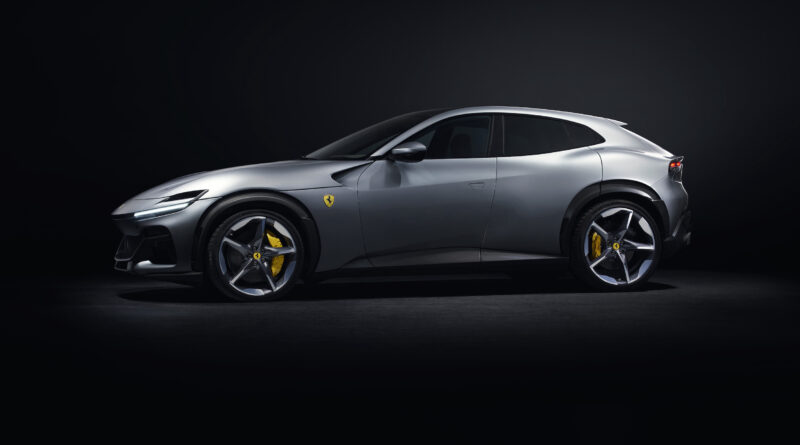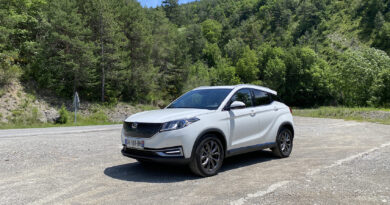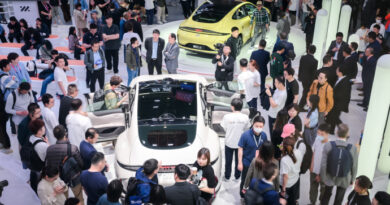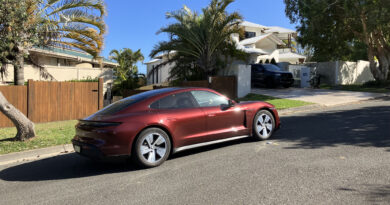Ferrari Purosangue revealed: Brand’s first SUV likely to adopt hybrid tech
Ferrari’s first-ever four-door, the Purosangue, will arrive with a 6.5-litre V12 under its long bonnet. It was the obvious choice, said marketing chief Enrico Galliera, who admitted that the company did consider installing a hybrid drivetrain in the launch version of the big four-seater during the early stages of the project back in 2018.
“When we entered a new segment we wanted to do it with our most iconic engine,” he said, adding that the raspy sound of the high-revving V12 was another factor. “For the time being this is our offering…”
READ MORE: Secrets of the Ferrari SF90 Stradale revealed
READ MORE: Flat out in the Ferrari SF90 Stradale plug-in hybrid
READ MORE: Ferrari to launch first super EV in 2025
Ferrari insists the Purosangue – the name is Italian for ‘thoroughbred’ – isn’t an SUV, but it is higher, heavier and longer than anything else the company produces, and has all-wheel drive.
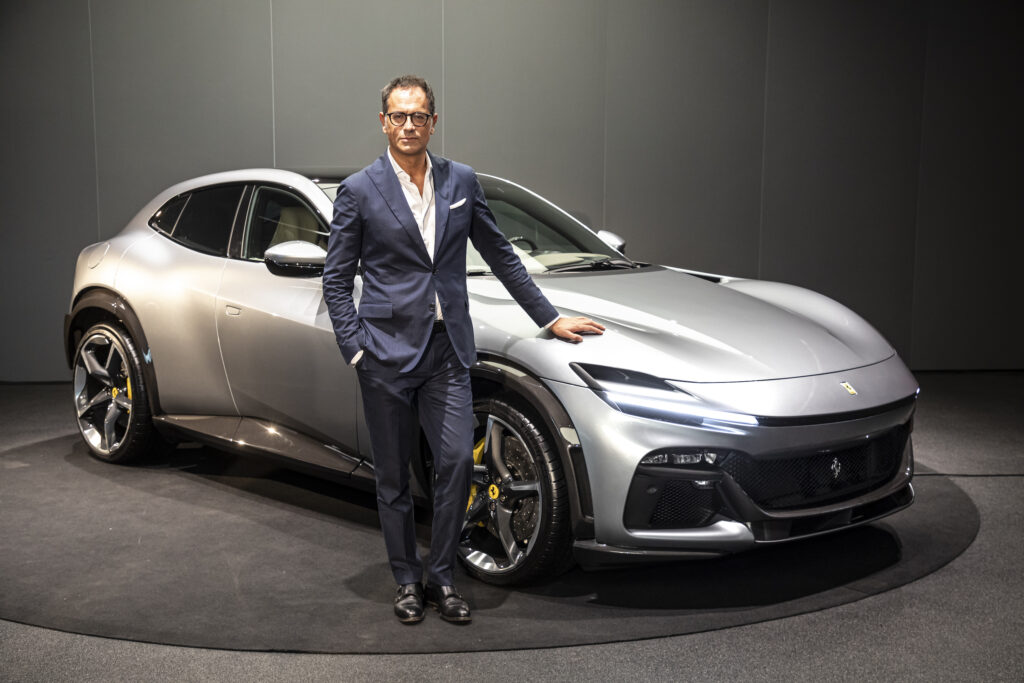
Previously it has referred to the Purosangue as an FUV – Ferrari utility vehicle – and in the offical press release announcing the car the company insists it has ”a completely different layout and innovative proportions” compared with ”so-called crossovers and SUVs” (not that it’s stopped many referring to it as an SUV).
It rolls on massive wheels (22-inch up front, 23-inch in the rear), has rear-hinged rear doors, a luxurious interior and a very large (by Ferrari standards) 473-litre cargo compartment.
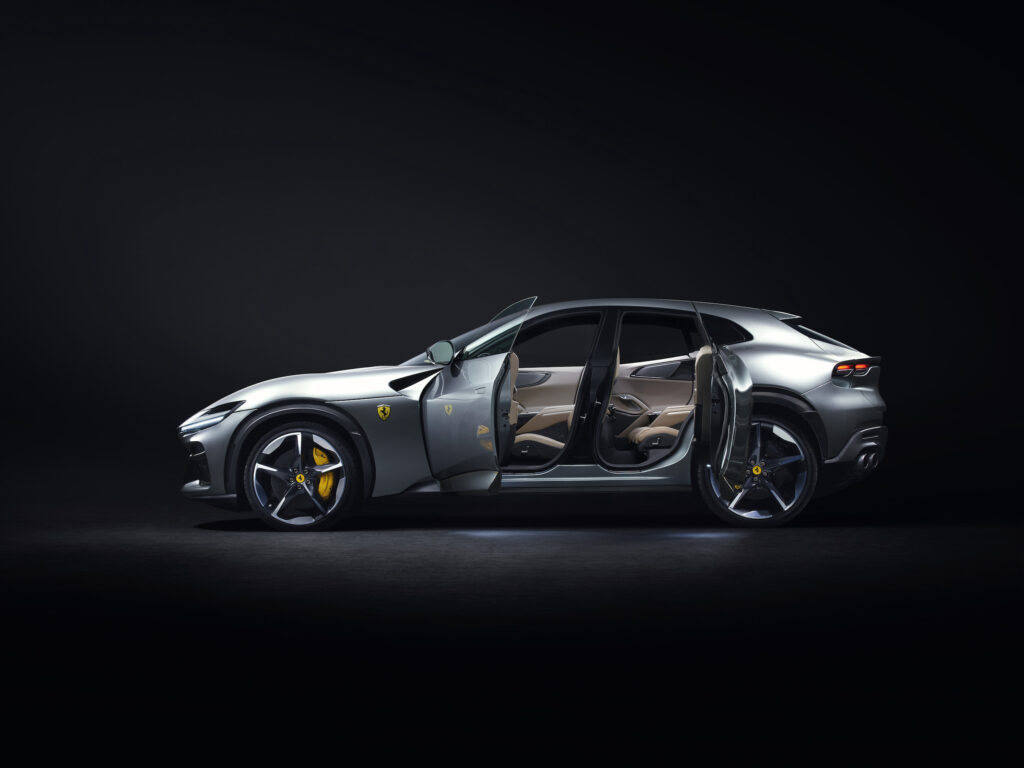
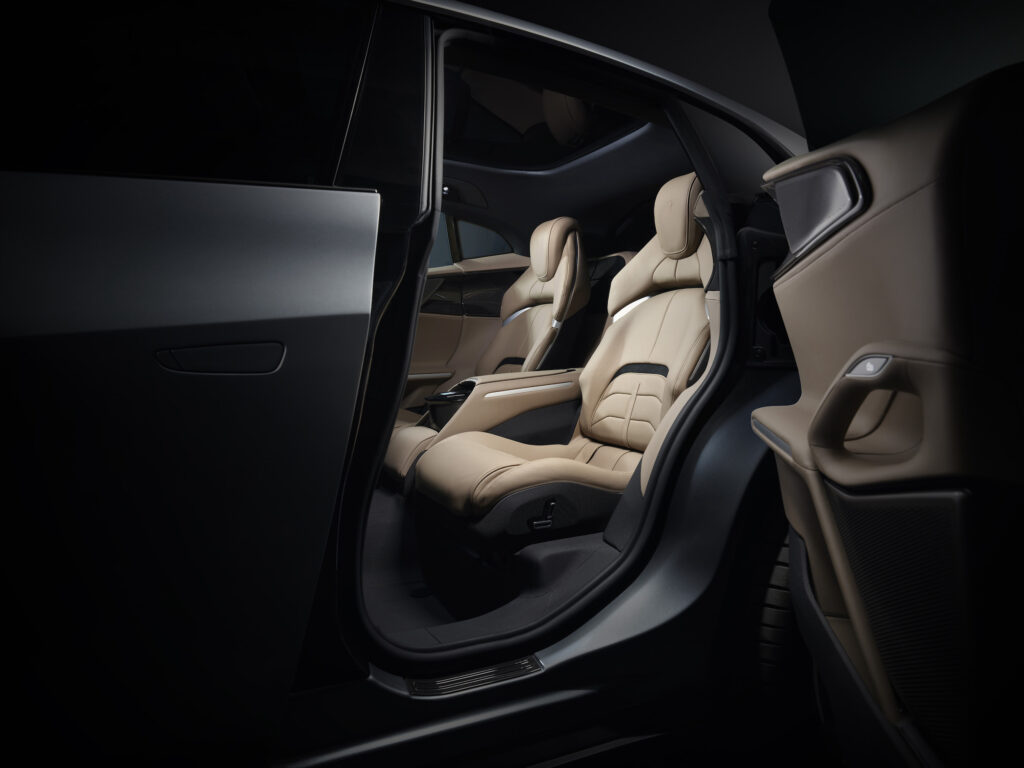
Designed primarily to deliver more space and comfort than anything else the company has produced in its 75-year history, the Purosangue also has been engineered to drive places other Ferraris cannot.
The engineer in charge of product development, Gianmaria Fulgenzi, says the Purosangue is no off-roader. “It’s not a Jeep, okay.” But it’s at least able to tackle slippery stuff. “We tested a lot in the snow,” he added.
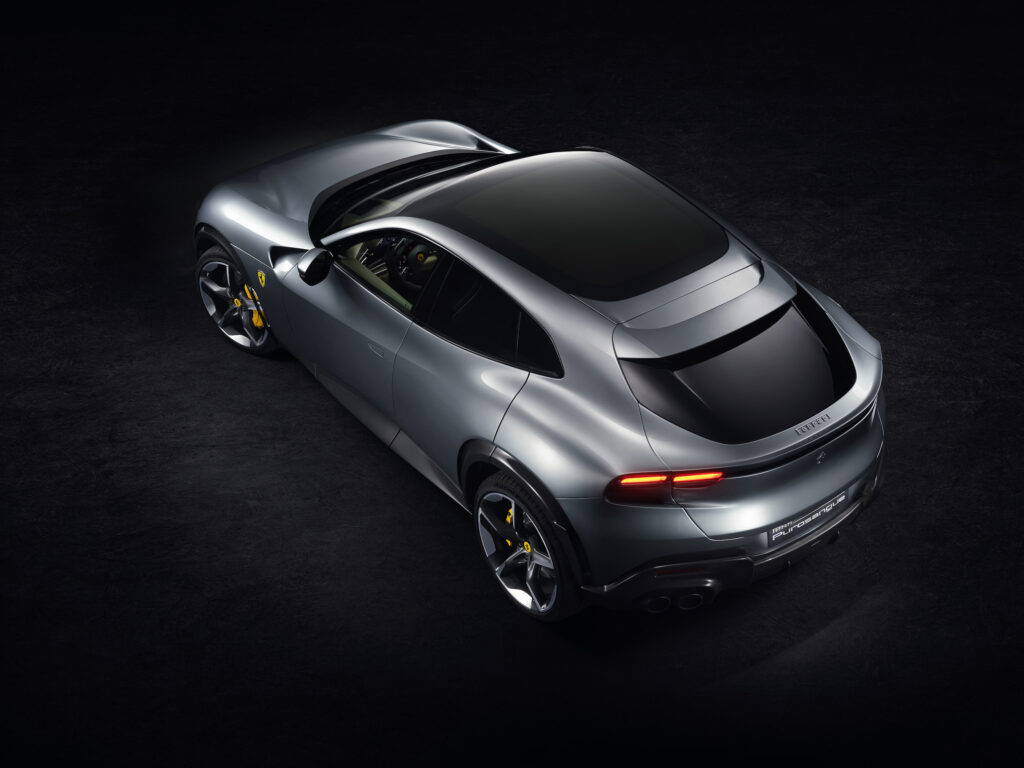
In Europe, where deliveries begin early in 2023, the Purosangue will wear a price-tag similar to Rolls-Royce’s SUV, the Cullinan. This points to the Ferrari being around $750,000 in Australia.
Think of the much lighter and more powerful Purosangue as a speedier, sleeker and more stylish Italian alternative to the boxy Brit.
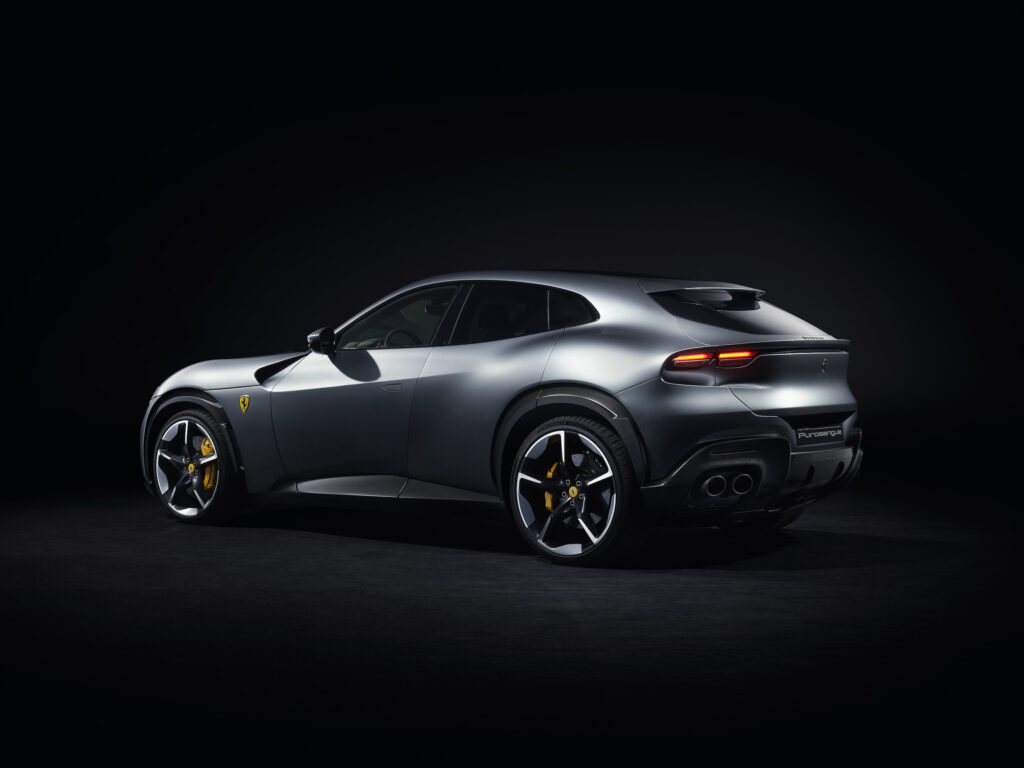
Marketing man Galliera wouldn’t discuss plans for future Purosangue models with different engines, perhaps including electrification, but they will come.
“We keep ourselves in a flexible situation.” Ferrari, he pointed out, produces V6 and V8 turbo engines as well as the non-turbo V12, and has plenty of electric drivetrain component know-how from the recent SF90 Stradale and 296 GTB plug-in hybrids, as well as Formula 1, to draw on.
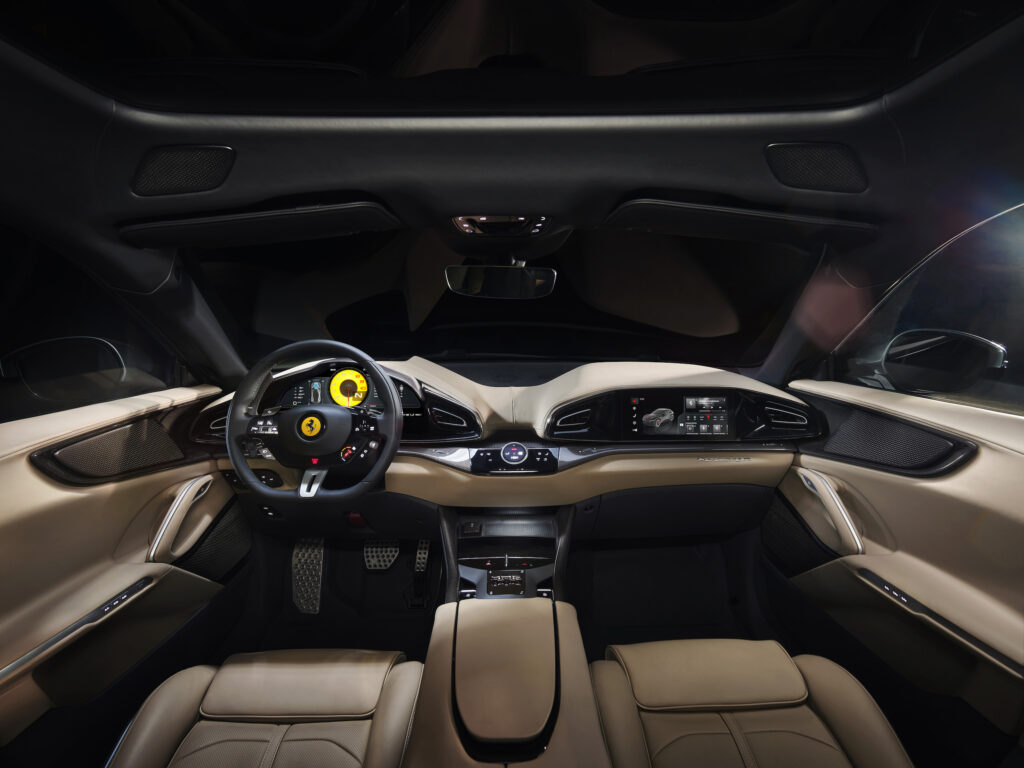
“We are able to develop whatever technology to put on a new car, like the Purosangue,” he said.
Ferrari’s latest hybrid drivetrain, introduced in the 296 GTB sports car earlier this year, would seem to be the obvious choice for a second version of the Purosangue.
The twin-turbo 3.0-litre V6 and Yasa axial-flux electric motor combination is capable of delivering more power than the 6.5-litre V12’s 533kW with superior fuel efficiency.
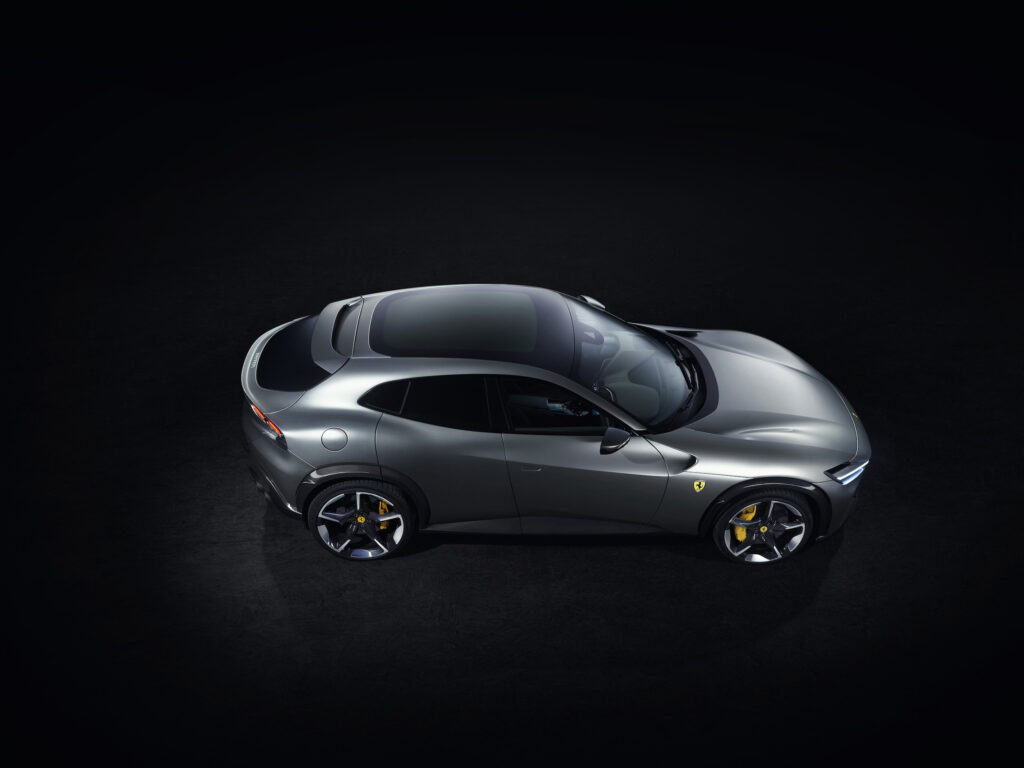
In the meantime, Ferrari will continue to work on its first-ever EV. It’s due to arrive in 2025.
“The way we are doing it – hopefully we will be able to do it, but we are quite positive on that – is to arrive with something that doesn’t exist in the market,” said Galliera.
“We are going to develop every single component that is going to give us a competitive advantage. If we succeed like with the SF90 (Ferrari’s first plug-in hybrid, launched in 2020) the market will be very happy. This is the overall strategy.”
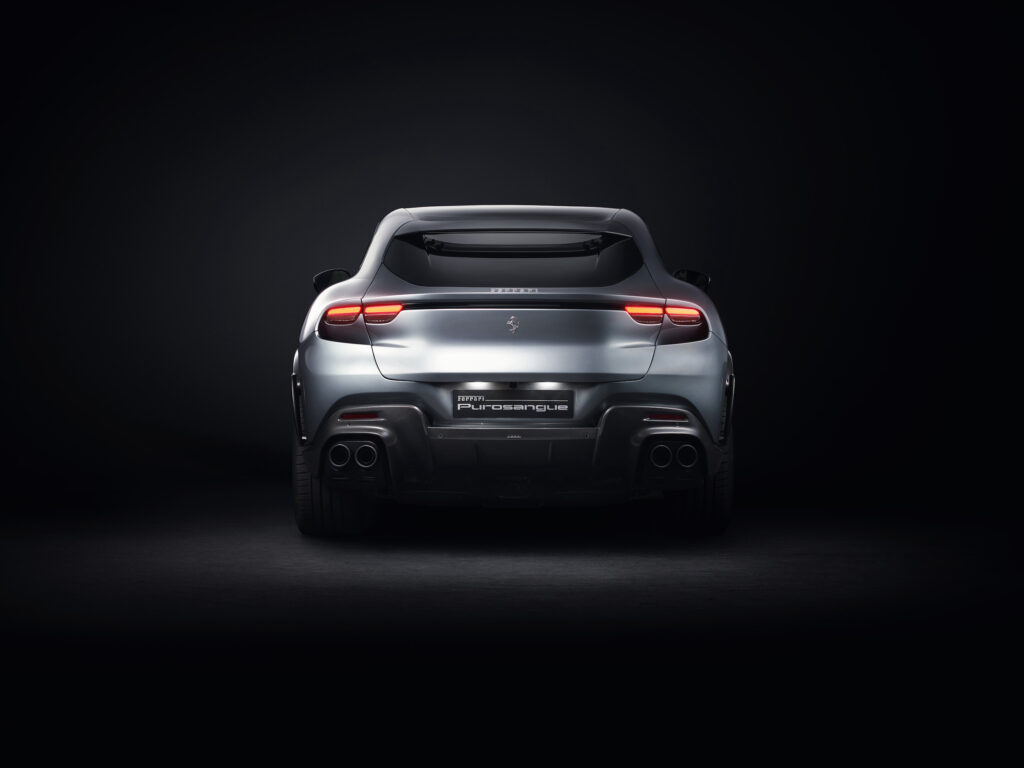
In the lead-up to the launch of the Purosangue Italian specialist media speculated that a battery-powered version of the newcomer could be Ferrari’s first EV. It’s built on an all-new spaceframe and its more than three metre wheelbase would be able to accommodate a very large battery pack.
But Galliera said the fierce acceleration of high-performance EV drivetrains made them unsuitable for comfort-oriented models like the Purosangue. Presumably Ferrari’s GT cars, too.
This seemed to be a hint that Ferrari’s first EV will be some kind of sports car…

